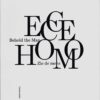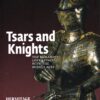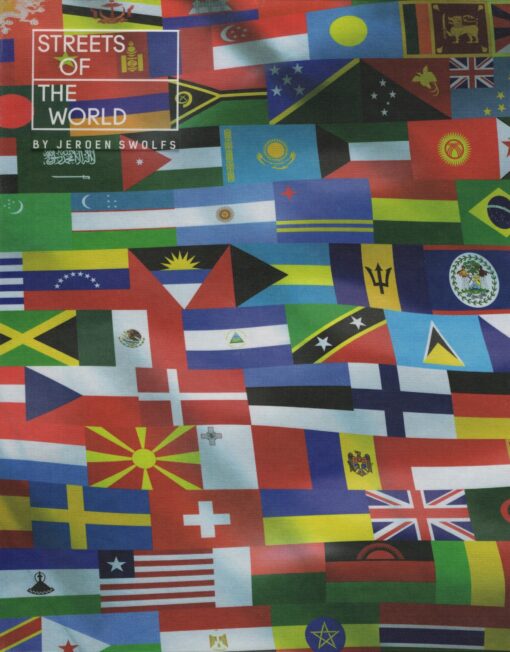Terug/Home/Webwinkel ramsj.nl /Kunst/Fotografie/Streets of the World ? Large Edition
Jeroen Swolfs
Streets of the World ? Large Edition
€ 175,00 Oorspronkelijke prijs was: € 175,00.€ 49,90Huidige prijs is: € 49,90.
?I wanted to find out what the world looks like today, in our time. How far have we come? How much are we alike? How different are we? I wanted to meet the people of my era. Each of the places I visited is special in its own way, and every one of them surprised me. Their stories deserve to be told. I’m constantly amazed by the innumerable ways in which life unfolds at one and the same time ? the incredible variety of customs, shapes, colours, religions, and surroundings. And everywhere, I kept seeing the same beautiful things of which human beings are capable. That’s the central idea behind ‘Streets of the World’: how alike we are, not how different we are. Travel along and see for yourself.? Jeroen Swolfs.
Gerelateerde producten
kunst
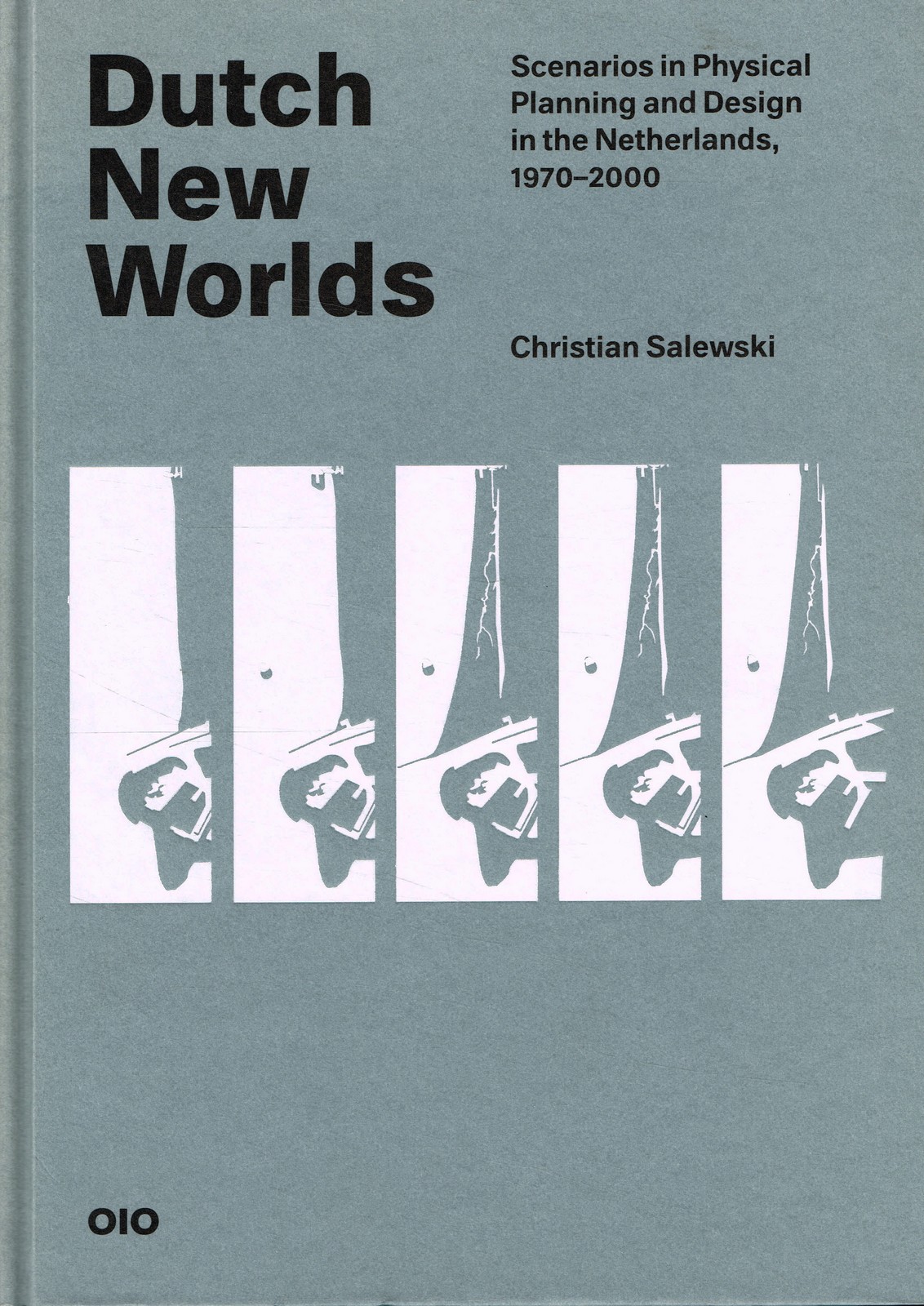
Christian Salewski
Dutch New Worlds
For English see below- Onze beslissingen geven vorm aan onze toekomst, maar we weten weinig over hoe. Om daar achter te komen, construeren planners en ontwerpers levendige beelden van wat zou kunnen zijn. Deze scenario's dienen als baanbrekers tussen verbeelding en rede. Eind jaren tachtig nam de elite van de Nederlandse planning en ontwerp scenario's op ongekende schaal om het publiek te overtuigen van hun ideeën. Maar de zoektocht om Nederland als geheel opnieuw vorm te geven mislukte jammerlijk. Hun poging ontketende echter een golf van nieuw denken over de toekomst en creëerde een enorm aantal spectaculaire beelden van de dingen die komen gaan. 'Dutch New Worlds' vertelt voor het eerst het verhaal van hoe scenariodenken stedenbouw en ruimtelijke ordening veranderde, vanaf het begin eind jaren zestig tot het hoogtepunt in de jaren negentig. Het laat zien hoe de meeste grootse scenarioprojecten op niets uitliepen door overambitie en misbruik. Het laat ook zien hoe scenario's vandaag de dag krachtige instrumenten blijven voor gericht en transparant ontwerpend onderzoek om betere steden en regio's te creëren. Verteld vanuit het perspectief van een architect en stedenbouwkundige, bevat deze ideeëngeschiedenis fundamentele lessen voor planners, ontwerpers en beleidsmakers - en voor onze volgende beslissingen die onze toekomst zullen vormgeven.-Our decisions shape our future, but we know little about how. To find out, planners and designers construct vivid images of what could be. These scenarios serve as path-breakers between imagination and reason. In the late 1980s, the elite of Dutch planning and design took scenarios to unprecedented scales to convince the public of their ideas. But the quest to reshape the Netherlands as a whole failed dismally. Their attempt, however, unleashed a wave of new thinking about the future and created an enormous number of spectacular images of things to come. Dutch New Worlds tells for the first time the story of how scenario thinking changed urbanism and physical planning, from its beginning in the late 1960s to its height in the 1990s. It shows how most grand scenario projects came to nothing because of overambition and misuse. It also shows how, today, scenarios remain powerful tools for focused and transparent design research to create better cities and regions. Told from the perspective of an architect and urbanist, this history of ideas holds fundamental lessons for planners, designers, and policy makers - and for our next decisions that will shape our future. nai010geb - 352 blz
kunst
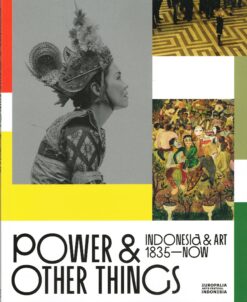
Power & Other Things
The project takes its name from the demand for the transfer of power and other things to the newly independent Indonesia in 1945. It travels through time, from European colonial occupation through the development of the republican state to the trans-national contemporary cultures of today. It looks at the various international exchanges that happened in the territories of contemporary Indonesia, through the images and ideas of artists. These exchanges were of different kinds: trade, culture, religion, ideology and war. They produced a variety of results: violence, oppression, racism, creativity, spiritual awakening, and other things. The ideologies and challenges of modernity are common ways in which Indonesia has been depicted by others and has defined itself over the period. As this modern period recedes into history, the project will seek ways to remember how it has influenced contemporary understanding and ask the current generation of artists to look back in order to rewrite the past and potentially create the conditions for a different future. The catalogue and the exhibition will follow a broad chronological narrative, allowing readers and visitors to learn more about how this huge archipelago has changed over the past two centuries and to observe how it has responded and adapted to influences originating from both inside and outside the islands. The influence of the imperial Dutch and Japanese occupations naturally form a significant element in the narrative of the exhibition as does the constant struggle for different forms of independence or equal treatment by the Javanese and other Indonesian cultures. The importance of Chinese and Arab influence on Indonesia's cultural history will also feature as the exhibition tries to look for alternative ways, alongside the post-colonial, for understanding the present. The presentations will include work made during the residencies as well as new commissions. Snoeckpap - 127 blz
kunst
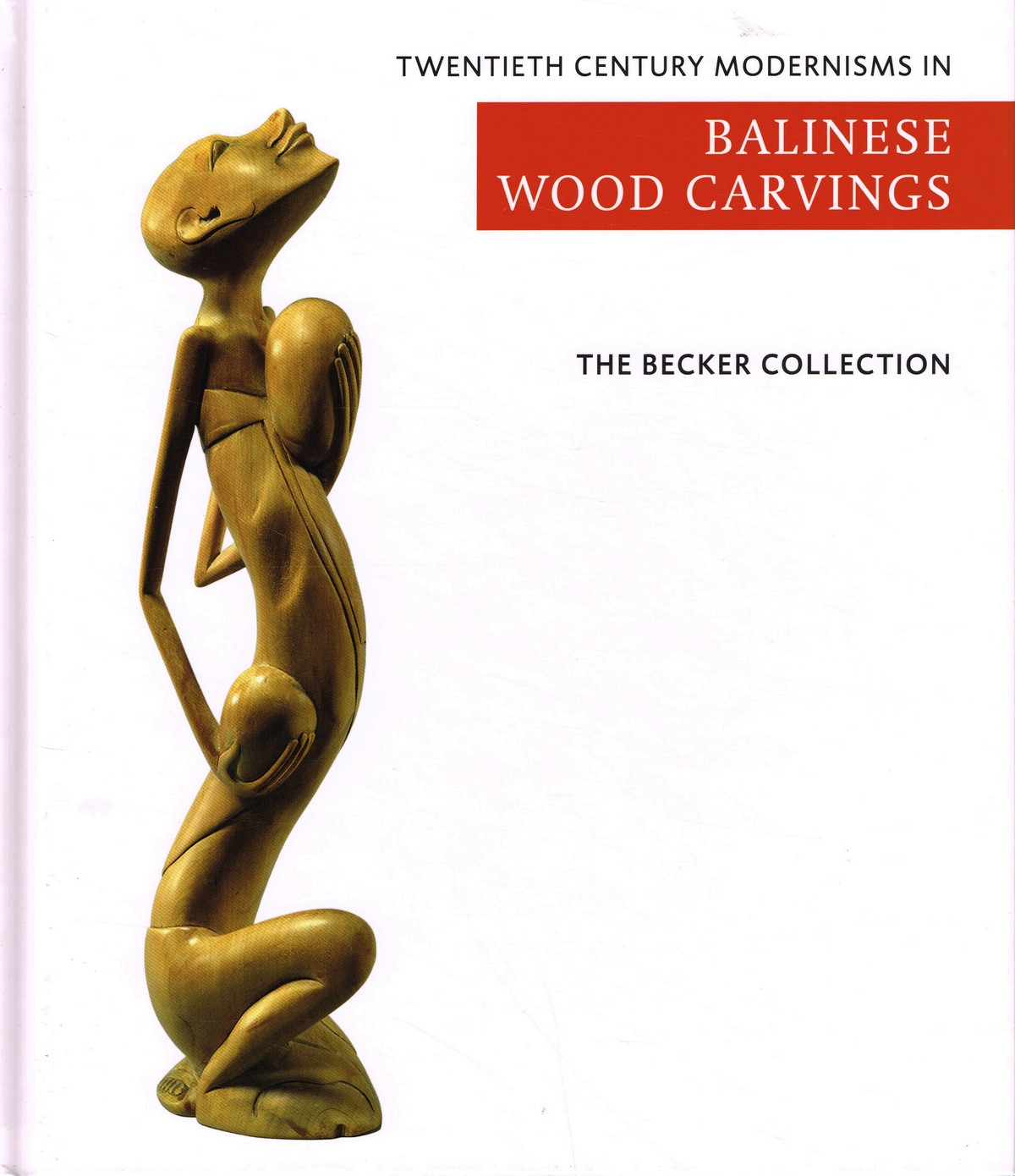
Ton & Mies Becker
Twentieth Century Modernisms in Balinese Wood Carvings
'The Becker Collection - Twentieth century modernisms in Balinese wood carving' contains the private collection of twentieth century ?modern style? Balinese wood carvings, collected by Ton and Mies Becker, both retired medical specialists and collectors of Asian art. Between the 8th and 10th century Hindu influences spread to Bali and blended into the exiting Balinese mix of animistic and Buddhist styles and subjects, known as Bali Aga. Hence, in due time the craftsmen obtained the subjects for their works from the Hindu-Balinese religion and their heroes and demons from famous Hindu epics. This particular style became known in the Western art world as the ?Traditional or Old Balinese style?. In the 20th century the arts and crafts scene in Bali changed completely. First because of Western artist who visited Bali and stayed on to work there and, second, because of the gradual influx of increasing numbers of foreign tourists. In addition the Dutch colonial government started a military campaign to control the powerful kingdoms of central and southern Bali. As a result the local craftsmen lost their royal support and soon realized that foreign tourists were not particularly interested in gods and heroes. Hence, stimulated by some of the Western artists who had settled in Bali, they turned to secular subjects taken from nature and everyday life and became more impressionistic in the execution. This led to a range of new styles, often impressionistic and sometimes even minimalistic and caricatural with bizarre elongated shapes or solid compact forms. In this book we are concerned with this particular type of 20th century ?Modern Style? Balinese wood carving. The catalogue contains 40 objects of ?modern style? wood carving, representing different styles. Each object is photographed, both as an overview and in details if so requested. A brief description of each object is provided, together with the estimated date, and additional information is provided if considered useful. The catalogue is preceded by an essay on the history of Balinese wood carving. Van Spijkgeb - 144 blz
kunst
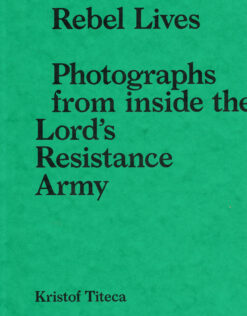
Kristof Titeca
Rebel Lives
The Lord's Resistance Army, led by the infamous Joseph Kony, is a rebel group that was active in Northern Uganda from the second half of the 1980s. The rebellion became notorious for the use of extreme violence, in particular its large-scale abductions of civilians, of which more than half were children. 'Rebel Lives' is a visual story about life inside the rebel group: based on photographs taken by LRA commanders between 1994 and 2004, it documents life inside the group, and depicts the rebels as they wanted to be seen among themselves and by the outside world. Kristof Titeca, senior lecturer in Development Studies and expert on the LRA, collected this material, and used it to trace the photographed (former) rebels. Together with Congolese photographer Georges Senga, he travelled back to photograph the former rebels in their current context, and give a voice to these actors. This visual story is not only about the LRA. It is a story about conflict in all times, and all places, where the limits of victim and perpetrator have become blurred, where people struggle to survive and find their place, and where children in particular bear the brunt of this tension. Hannibalpap - 288 blz
